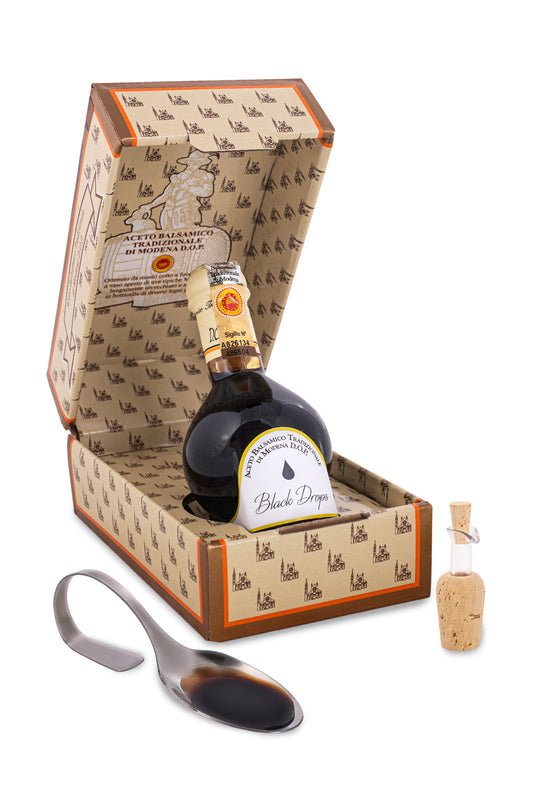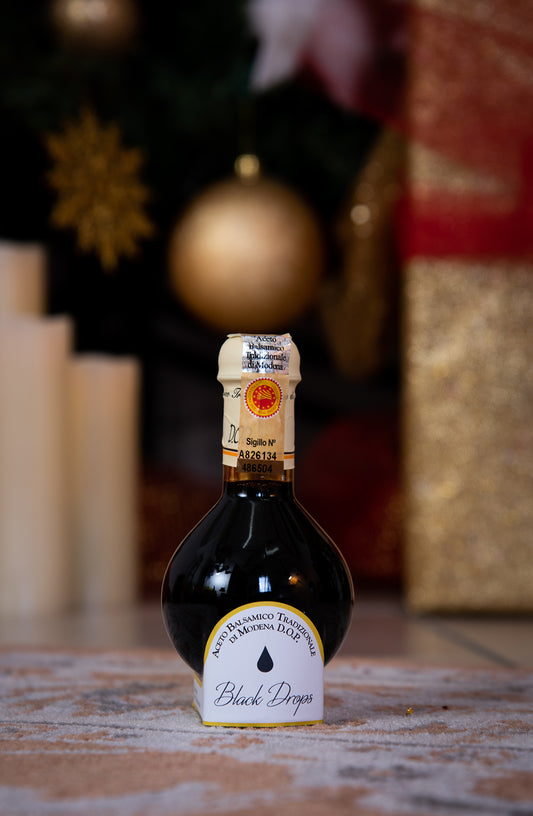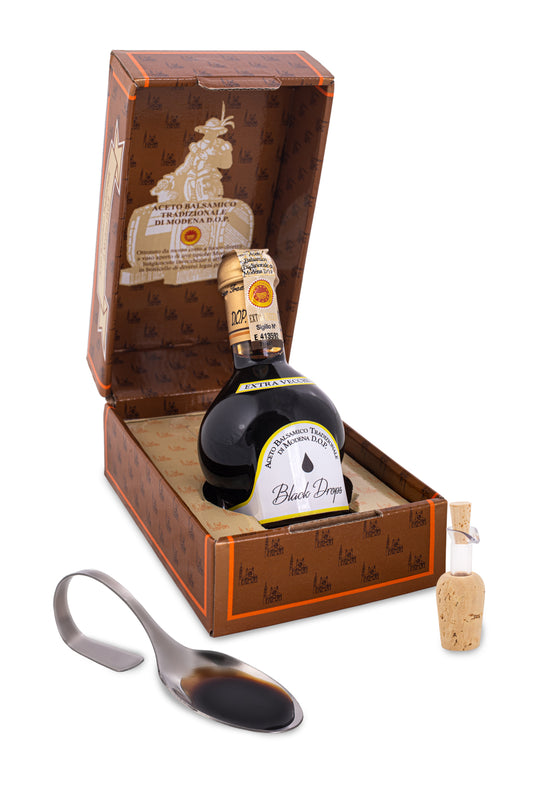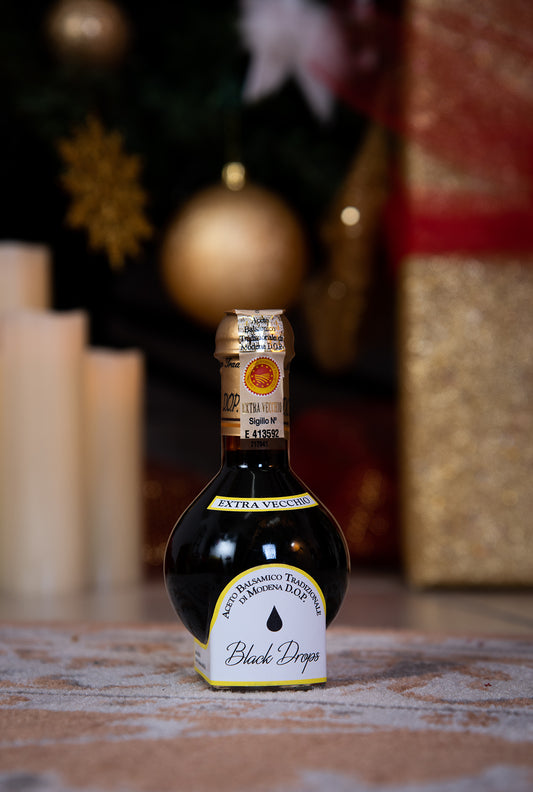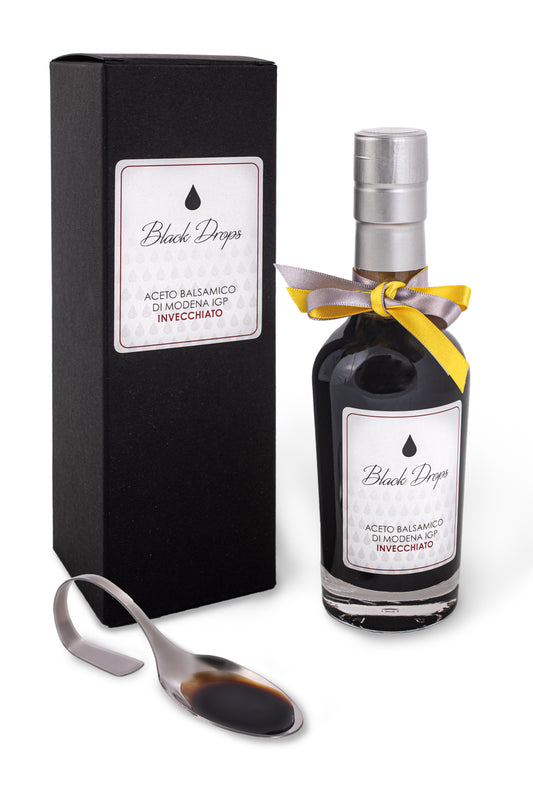Piadina Romagnola , also known as Piada, goes beyond the simple concept of food: it is an authentic symbol of the culture and tradition of the people of Romagna . But what makes Piadina Romagnola so special ?
This precious food has its roots in ancient times. The history of Piadina Romagnola begins with the Etruscans, who already in ancient times prepared bread without yeast in the areas that today correspond to Romagna. Traces of this ancient bread, made with unrefined flour and cereals, have been discovered in different areas of the region. The Etruscans handed down the recipe to the ancient Romans, where it became a food consumed even in the most refined environments. Bread substitutes, made with raw cereals and accompanied by cheeses, became a tradition that has been maintained over the centuries up to the present day.
During the Middle Ages, the tradition of Piadina Romagnola developed further. The inhabitants of Romagna began to prepare piadina with less valuable cereals to avoid the taxes on wheat and bread imposed by landowners. This practice allowed the consumption of piadina to spread among the peasant population thanks to its simplicity and cheapness. In 1371, Cardinal Angelico noted that the city of Modigliana had to pay the Apostolic Chamber also 2 "piade" as a tribute.
The name of Piadina Romagnola derives from a term from Northern Italy which refers to the concept of "vase" or "long plate". The term "piada" was made official by Giovanni Pascoli, who Italianised the Romagna word "piè" to indicate this food as a whole. Pascoli himself poetically described it as " smooth as a sheet and as big as the moon ".
After the Second World War, Piadina Romagnola spread both in the countryside and in the cities, ceasing to be considered a substitute for bread and becoming a tasty and versatile alternative. From the 1970s, the homemade piadinas were joined by those produced by hand, made from the kiosks that opened along the seafront and in specialized laboratories. Over the years, piadina also faced the challenge of industrialization. The small laboratories, thanks to the success of this unique product, began to produce for a wider market, both nationally and internationally, supplying their products to businesses of all sizes.
Over the centuries, piada has become a simple and genuine food that has represented and unified the region of Romagna under a common emblem . From a symbol of rustic and rural life, the piadina has become a widespread consumer product, with a variety of tasty variations .
To preserve the authenticity of Piadina Romagnola , a series of institutional bodies and companies located exclusively in traditional areas, between the provinces of Rimini, Forlì-Cesena, Ravenna and Bologna up to the Sillaro river, have joined together in the Promotion and Protection Consortium . Thanks to their battles, on 24 October 2014, they obtained the protection of the symbol of Romagna as a protected geographical indication product recognized by the European Union .
Today, Piadina Romagnola represents an authentic culinary heritage , which continues to delight the palates of anyone who tastes it. Every bite of this delicacy tells an ancient story , a tradition handed down from generation to generation, a piece of Romagna culture that lives through the taste and pleasure of a unique culinary experience.


